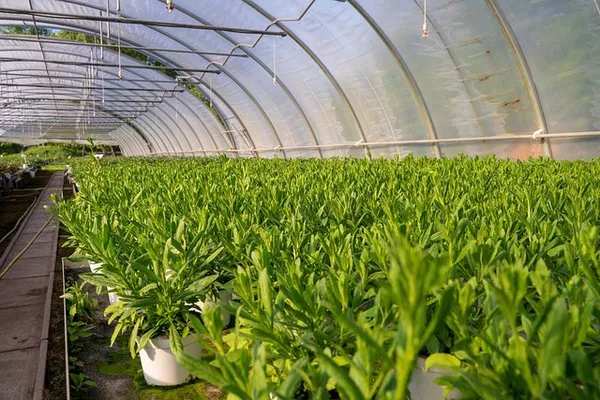Caterpillars are a common garden pest that can wreak havoc on your plants if left unchecked. These voracious eaters can quickly strip your prized plants of their leaves, leaving them vulnerable to disease and reducing their overall health. Fortunately, there are several effective methods for getting rid of caterpillars and safeguarding your garden. In this comprehensive guide, we’ll explore various approaches, from natural remedies to chemical solutions, to help you maintain a thriving and pest-free garden.
Understanding the Caterpillar Threat
Before we dive into control methods, it’s essential to recognize the different types of caterpillars that might be lurking in your garden. Not all caterpillars are destructive, and some even transform into beneficial pollinators like butterflies and moths. However, certain caterpillar species can pose a significant threat to your plants.
Cabbage Worms (Pieris rapae): These small, green caterpillars target cruciferous vegetables like cabbage, broccoli, and kale.
Tomato Hornworms (Manduca quinquemaculata): These large, green caterpillars devour tomato plants and other members of the nightshade family.
Armyworms (Spodoptera spp.): These caterpillars are known for their marching behavior and can devastate a variety of crops, including corn, cotton, and grasses.
Tent Caterpillars (Malacosoma spp.): These social caterpillars construct silk tents in tree branches and feed on the leaves of the host tree.
Non-Chemical Methods to Control Caterpillars
Hand-Picking: One of the most effective and environmentally friendly methods is to physically remove caterpillars from your plants. Wear gloves and search your plants daily, plucking off any caterpillars you find. Drop them into a bucket of soapy water to ensure they don’t return.
Companion Planting: Planting herbs and flowers like basil, marigolds, and nasturtiums near your vegetables can deter caterpillars with their strong scents.
Natural Predators: Encourage beneficial insects like ladybugs, lacewings, and parasitic wasps, which are natural predators of caterpillars, to inhabit your garden.
Neem Oil: Neem oil is an organic option that can be used to deter caterpillars. Dilute it with water and spray it on your plants. It can disrupt the caterpillars’ feeding and breeding patterns.
Bacillus thuringiensis (Bt): Bt is a naturally occurring bacteria that is toxic to caterpillars but harmless to humans, pets, and beneficial insects. Apply it as a foliar spray to the affected plants.
Row Covers: Covering vulnerable plants with row covers can prevent caterpillars from reaching them. Be sure to secure the covers tightly to prevent any gaps.
Chemical Solutions for Caterpillar Control
If your caterpillar infestation is severe or non-chemical methods haven’t provided adequate control, you may need to turn to chemical solutions. Always follow the manufacturer’s instructions and consider less toxic options when available.
Insecticidal Soaps: Insecticidal soaps are a low-toxicity option that can be used to treat caterpillar infestations. They work by disrupting the caterpillars’ cell membranes, causing them to dehydrate. Apply the soap directly to the caterpillars.
Organophosphates and Pyrethroids: These chemical pesticides are effective against caterpillars but should be used as a last resort due to their potential harm to beneficial insects and the environment.
Systemic Insecticides: Systemic insecticides are absorbed by the plant and provide long-term protection. They are effective against caterpillars but can harm beneficial insects and pollinators.
Preventative Measures
Implementing preventative measures can help reduce the risk of future caterpillar infestations in your garden.
Crop Rotation: Rotate your crops each season to prevent the buildup of caterpillar populations in the soil.
Clean Garden Beds: Remove plant debris and fallen leaves regularly, as they can provide shelter for caterpillars.
Healthy Soil: Maintain healthy soil with adequate nutrients and moisture levels to help your plants resist caterpillar damage.
Monitor Your Garden: Regularly inspect your garden for signs of caterpillar activity. Early detection allows for more effective control.
Attract Beneficial Insects: Create a welcoming environment for natural predators like birds and parasitic wasps by providing shelter and food sources.
Conclusion
Caterpillars can pose a significant threat to your garden, but with the right strategies, you can protect your plants and maintain a thriving outdoor space. Whether you opt for non-chemical methods like hand-picking and companion planting or resort to chemical solutions as a last resort, careful planning and consistent monitoring are key to successful caterpillar control. By taking action early and implementing preventative measures, you can enjoy a healthy and pest-free garden throughout the growing season.Remember always to prioritize environmentally friendly and safe solutions to minimize harm to beneficial insects and the ecosystem.


